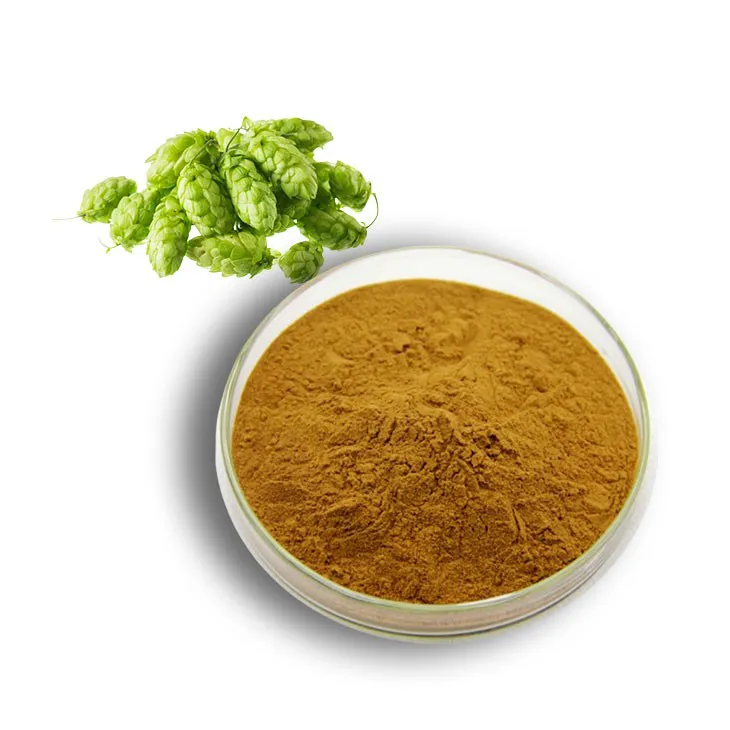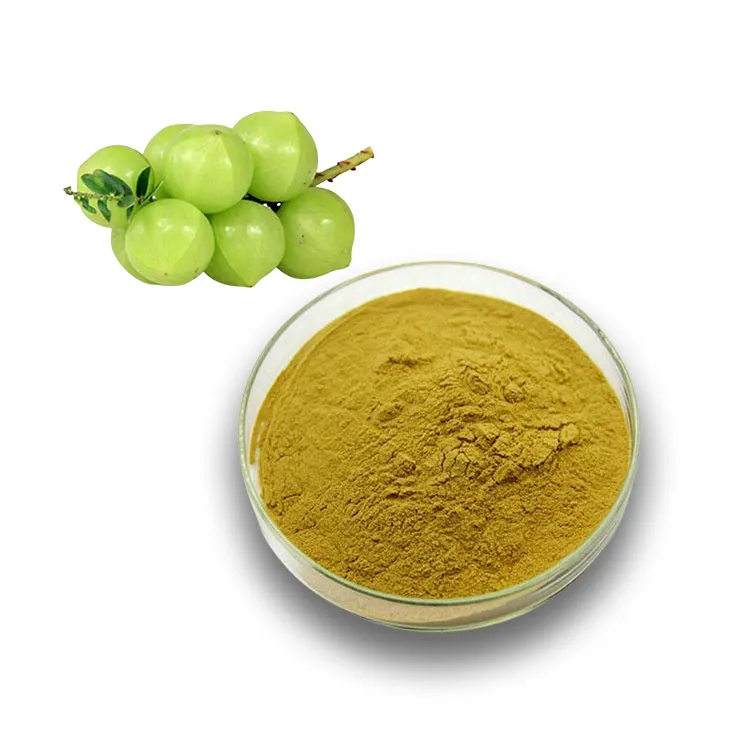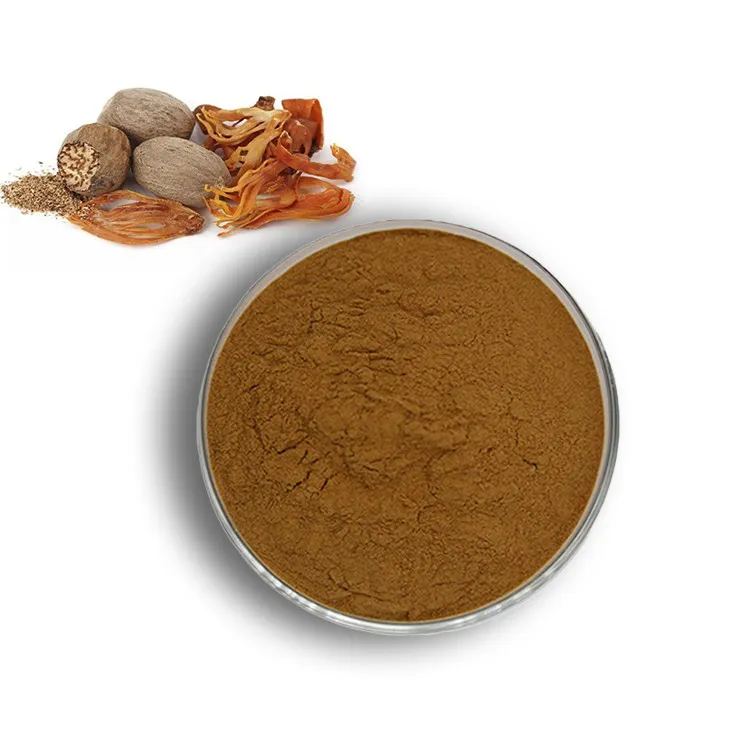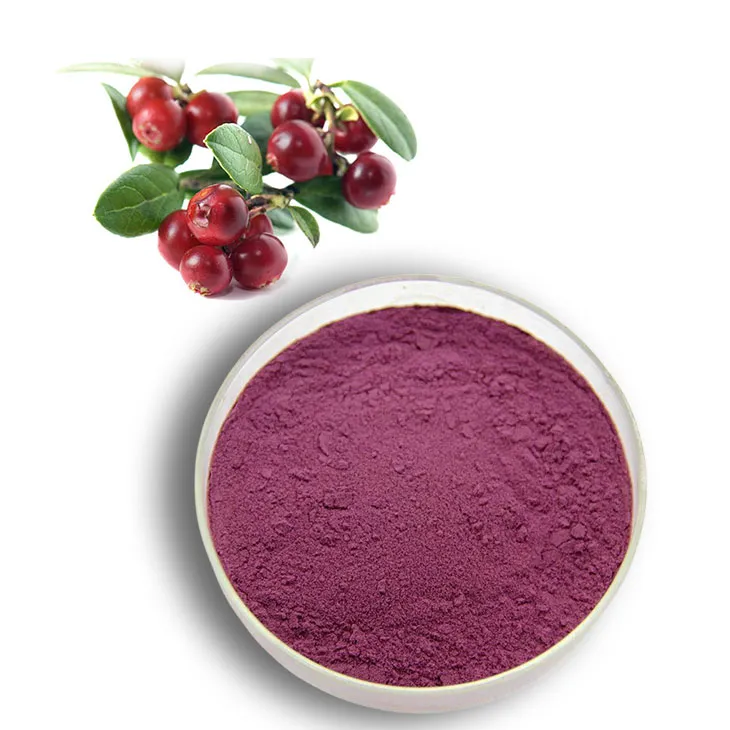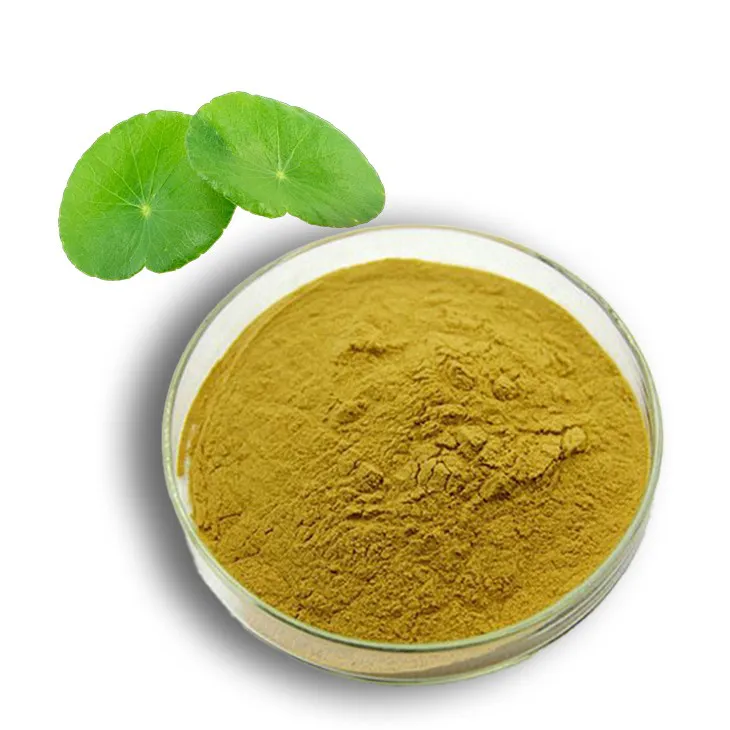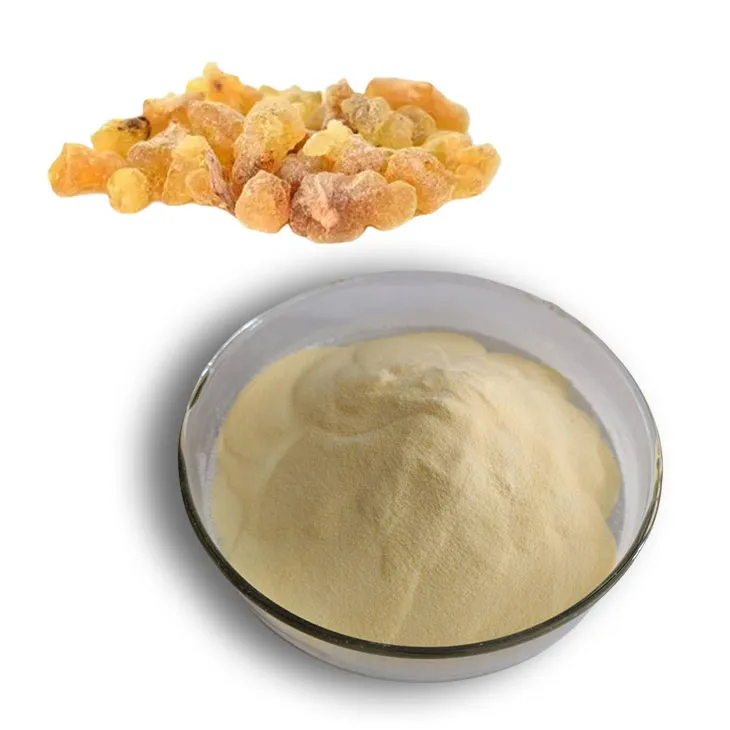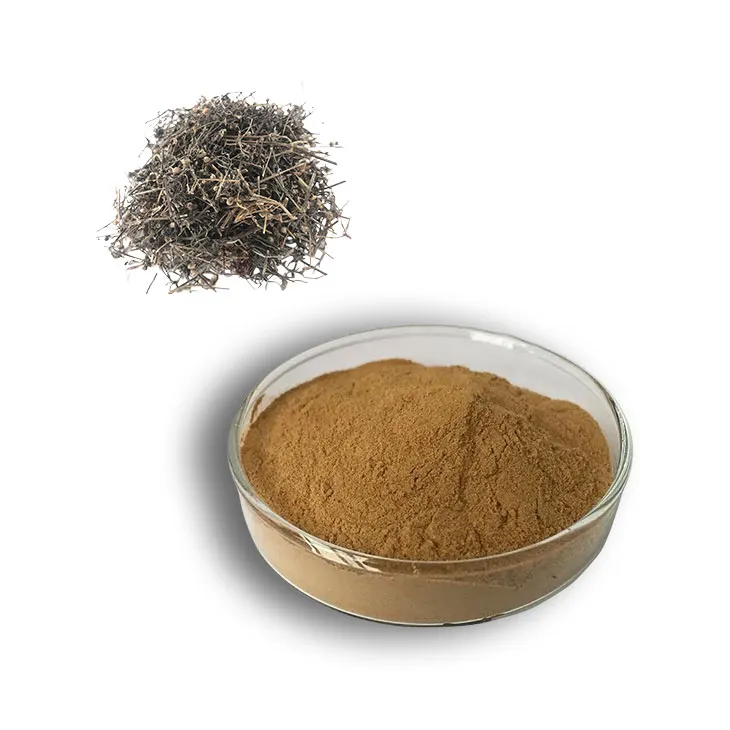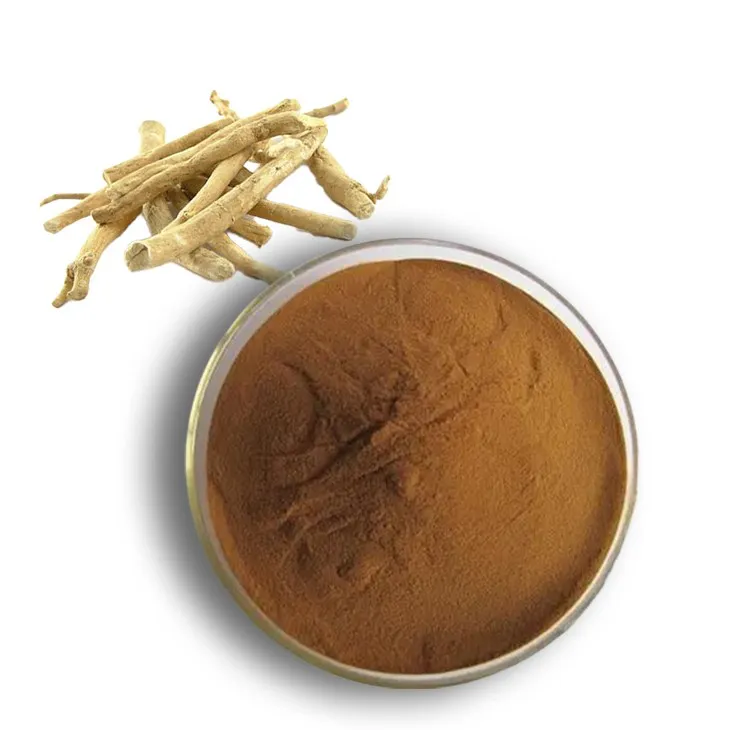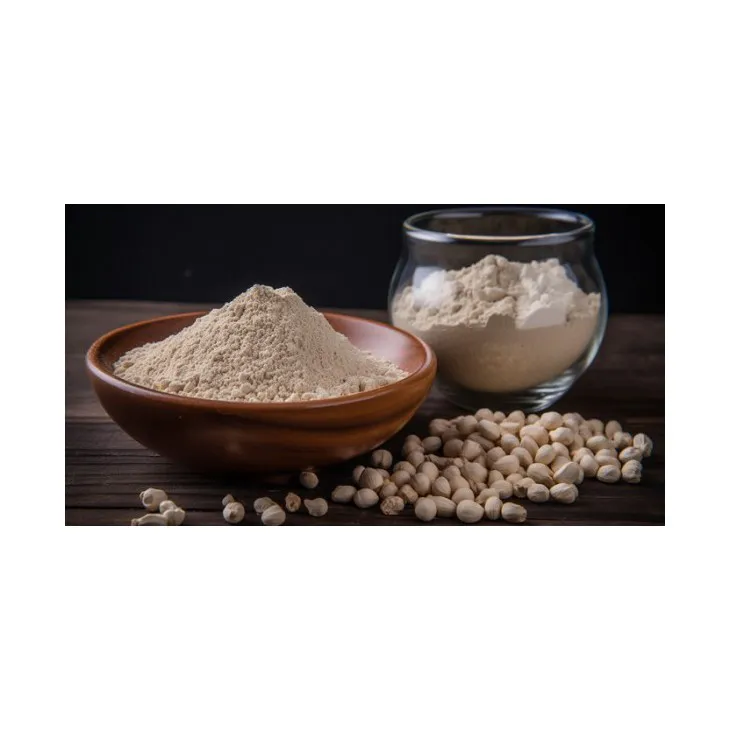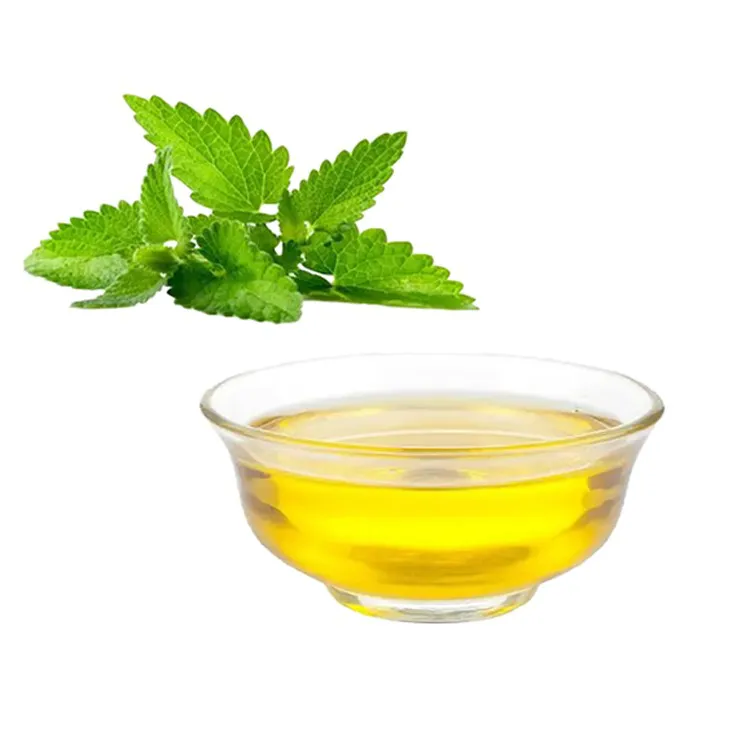- 0086-571-85302990
- sales@greenskybio.com
Carbon Dioxide Extract of Organic Green Tea.
2024-12-18
1. Introduction
Organic green tea has long been cherished for its numerous health benefits and refreshing flavor. The carbon dioxide extract of organic green tea is an increasingly important natural extract in various industries. Green tea, which is consumed as a popular beverage around the world, contains a rich variety of bioactive compounds. When extracted using carbon dioxide extraction methods, these compounds can be isolated and concentrated, resulting in an extract with unique properties.
2. EGCG: A Powerful Antioxidant
The carbon dioxide extract of organic green tea contains EGCG (epigallocatechin - 3 - gallate), which is one of the most potent antioxidants found in green tea. Antioxidants play a crucial role in the body by combating oxidative stress. Oxidative stress occurs when there is an imbalance between the production of free radicals and the body's ability to neutralize them. Free radicals are highly reactive molecules that can damage cells, proteins, and DNA.
EGCG has been the subject of extensive research due to its potential in counteracting oxidative stress. It can scavenge free radicals, thereby protecting cells from damage. This antioxidant property may contribute to various health benefits, such as reducing the risk of chronic diseases like heart disease, cancer, and neurodegenerative disorders. For example, in the case of heart disease, EGCG may help prevent the oxidation of LDL cholesterol, which is a key step in the development of atherosclerosis.
3. Antimicrobial Properties
Another important characteristic of the carbon dioxide extract of organic green tea is its antimicrobial properties. Microorganisms such as bacteria, fungi, and viruses can cause various problems in different industries. In the food industry, for instance, microbial contamination can lead to spoilage and foodborne illnesses.
The antimicrobial activity of the Green Tea Extract can be utilized in the development of natural preservatives. It can inhibit the growth of harmful microorganisms, thus extending the shelf life of food products. In addition, in the pharmaceutical and cosmetic industries, this property can be valuable in preventing microbial contamination of products. For example, in skin care products, it can help keep the product free from bacteria and fungi, reducing the risk of skin infections for consumers.
4. Applications in the Beauty Industry
4.1 Hair Care
In the beauty industry, the carbon dioxide extract of organic green tea has found applications in hair care products. Green tea is known to promote hair growth. The extract may contain compounds that stimulate the hair follicles, promoting the growth of new hair. It can also improve the overall health of the hair by strengthening the hair shaft. This can result in less breakage and more lustrous hair. For example, some hair masks and shampoos containing Green Tea Extract are marketed for their ability to nourish and strengthen hair.
4.2 Skin Care
When it comes to skin care, the extract is also highly beneficial. It can improve skin elasticity. This is because the bioactive compounds in the extract may help to stimulate collagen production in the skin. Collagen is a protein that provides structure and elasticity to the skin. As we age, collagen production decreases, leading to wrinkles and sagging skin. By promoting collagen production, the Green Tea Extract can help to keep the skin looking firm and youthful. Additionally, it has antioxidant and anti - inflammatory properties, which can protect the skin from environmental damage and reduce skin redness and irritation.5. Culinary Applications
The carbon dioxide extract of organic green tea can also add a fresh and unique flavor to various dishes and beverages in the culinary world. It can be used in both sweet and savory recipes.
- In baking, it can be added to cakes, cookies, or muffins to give a subtle green tea flavor. This can create a new and interesting taste experience for consumers.
- For beverages, it can be used in the production of green tea - flavored drinks, such as green tea - flavored sodas or energy drinks. It can also be added to smoothies to enhance the flavor and provide additional health benefits.
- In savory dishes, it can be used in marinades for meats or added to sauces. The fresh and slightly bitter flavor of green tea can complement the flavors of other ingredients, creating a more complex and interesting taste profile.
Moreover, when used in culinary applications, it also provides potential health benefits to consumers. They can enjoy the flavor while also getting the antioxidant and other beneficial compounds present in the green tea extract.
6. Extraction Process
The carbon dioxide extraction process of organic green tea is a relatively gentle and efficient method. Carbon dioxide is a non - toxic and environmentally friendly solvent.
- First, the organic green tea leaves are carefully selected and prepared. This may involve cleaning and drying the leaves to ensure optimal extraction conditions.
- Then, the leaves are placed in an extraction vessel. Carbon dioxide is pressurized and heated to a supercritical state. In this supercritical state, carbon dioxide has properties of both a gas and a liquid, which allows it to effectively penetrate the plant material and extract the desired compounds.
- After the extraction, the carbon dioxide is depressurized and evaporated, leaving behind the concentrated green tea extract. This extract can then be further purified and processed depending on its intended use.
7. Quality Control and Standardization
To ensure the quality and consistency of the carbon dioxide extract of organic green tea, strict quality control and standardization procedures are necessary.
- One aspect of quality control is the sourcing of the organic green tea. The tea leaves should come from reliable and certified organic sources to ensure that they are free from pesticides and other contaminants.
- During the extraction process, parameters such as pressure, temperature, and extraction time need to be carefully controlled to ensure that the extract contains the desired compounds in the correct proportions.
- Finally, the finished extract should be tested for its purity, potency, and safety. This may involve various analytical techniques such as chromatography and spectroscopy to identify and quantify the bioactive compounds present in the extract.
8. Future Prospects
The carbon dioxide extract of organic green tea has great potential for further development in the future.
- In the field of medicine, more research could be conducted to explore its potential therapeutic applications. For example, its antioxidant and anti - inflammatory properties could be further investigated for the treatment of various diseases.
- In the beauty industry, new formulations and products could be developed based on the extract. With the increasing demand for natural and effective beauty products, the green tea extract could play an important role in meeting this demand.
- In the culinary world, more creative uses of the extract could be explored, such as in the development of new fusion cuisines or unique beverage formulations.
FAQ:
What are the main components in the carbon dioxide extract of organic green tea?
The main component is EGCG (epigallocatechin - 3 - gallate), which is one of the most powerful antioxidants in green tea. Besides, there may be other substances that contribute to its antimicrobial properties and health - related functions.
How does the carbon dioxide extract of organic green tea promote hair growth?
While the exact mechanism is still under research, it is believed that the components in the extract, such as antioxidants and other bioactive substances, can stimulate the hair follicles and improve the health of the scalp, which in turn promotes hair growth.
Can the carbon dioxide extract of organic green tea replace synthetic preservatives?
It has antimicrobial properties, which make it a potential candidate for natural preservatives. However, it may not be able to completely replace synthetic preservatives at present. More research is needed to improve its preservation efficacy and stability, and to meet the various requirements of different products.
What are the health benefits of the carbon dioxide extract of organic green tea for consumers?
It contains EGCG which has potential in combating oxidative stress in the body. Also, when added to food or beverages, it may bring other potential health benefits. In skin care, it can improve skin elasticity, which also reflects certain positive effects on the body.
How is the carbon dioxide extract of organic green tea used in the culinary field?
It can be added to various dishes and beverages to add a fresh and unique flavor. For example, it can be used in the preparation of certain teas, desserts, or even savory dishes to enhance the taste while also providing potential health benefits.
Related literature
- Carbon Dioxide Extraction of Green Tea: A Review of its Chemical Composition and Health Benefits"
- "The Use of Organic Green Tea Extracts in the Beauty and Cosmetic Industry"
- "Carbon Dioxide - Based Extraction of Bioactive Compounds from Green Tea for Food Preservation"
- ▶ Hesperidin
- ▶ citrus bioflavonoids
- ▶ plant extract
- ▶ lycopene
- ▶ Diosmin
- ▶ Grape seed extract
- ▶ Sea buckthorn Juice Powder
- ▶ Beetroot powder
- ▶ Hops Extract
- ▶ Artichoke Extract
- ▶ Reishi mushroom extract
- ▶ Astaxanthin
- ▶ Green Tea Extract
- ▶ Curcumin Extract
- ▶ Horse Chestnut Extract
- ▶ Other Problems
- ▶ Boswellia Serrata Extract
- ▶ Resveratrol Extract
- ▶ Marigold Extract
- ▶ Grape Leaf Extract
- ▶ blog3
- ▶ Aminolevulinic acid
- ▶ Cranberry Extract
- ▶ Red Yeast Rice
- ▶ Red Wine Extract
-
Is Cranberry Extract Good for the Liver?
2024-12-18
-
What is Cranberry Extract Good For?
2024-12-18
-
What Organ Is Cranberry Good For?
2024-12-18
-
Hops Extract
2024-12-18
-
Phyllanthus Emblica Extract
2024-12-18
-
Nutmeg Extract
2024-12-18
-
Bilberry Extract
2024-12-18
-
Centella Asiatica Extract
2024-12-18
-
Boswellia Serrata Extract
2024-12-18
-
Hedyotis Diffusa Extract
2024-12-18
-
Withania Somnifera Extract
2024-12-18
-
Coix Seed Extract
2024-12-18
-
Peppermint Oil
2024-12-18





















